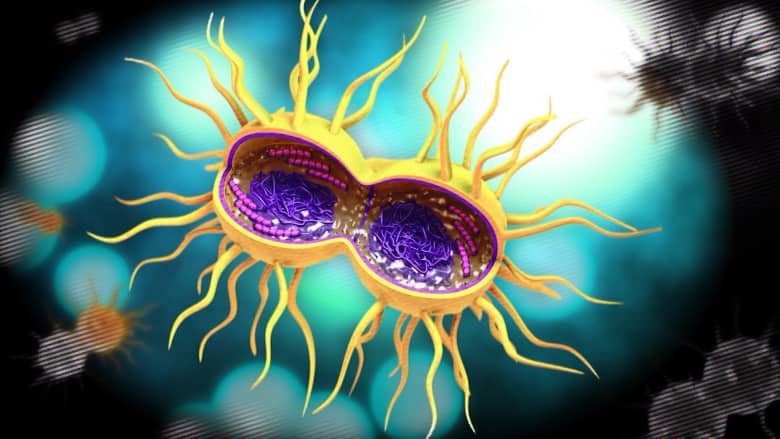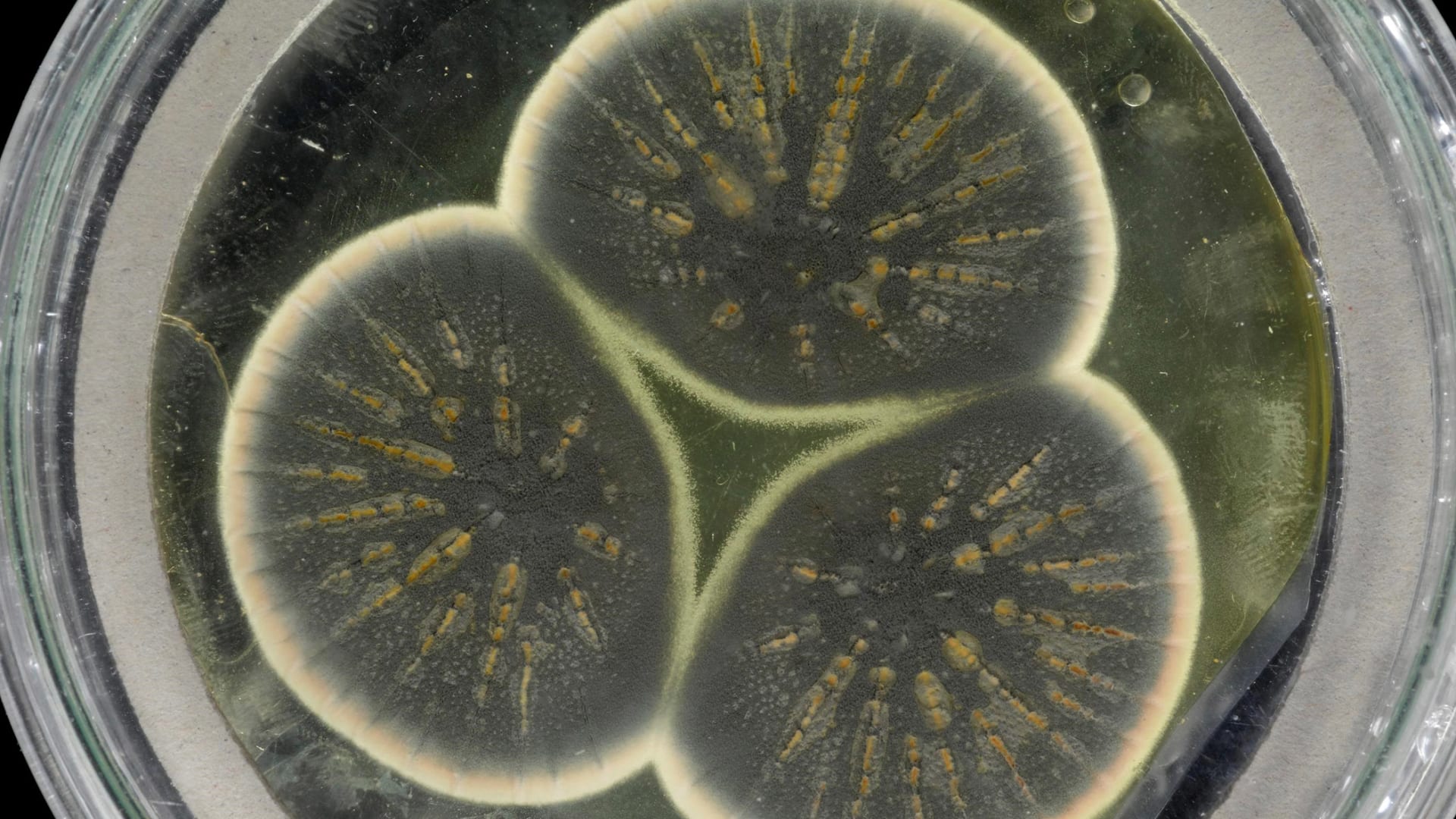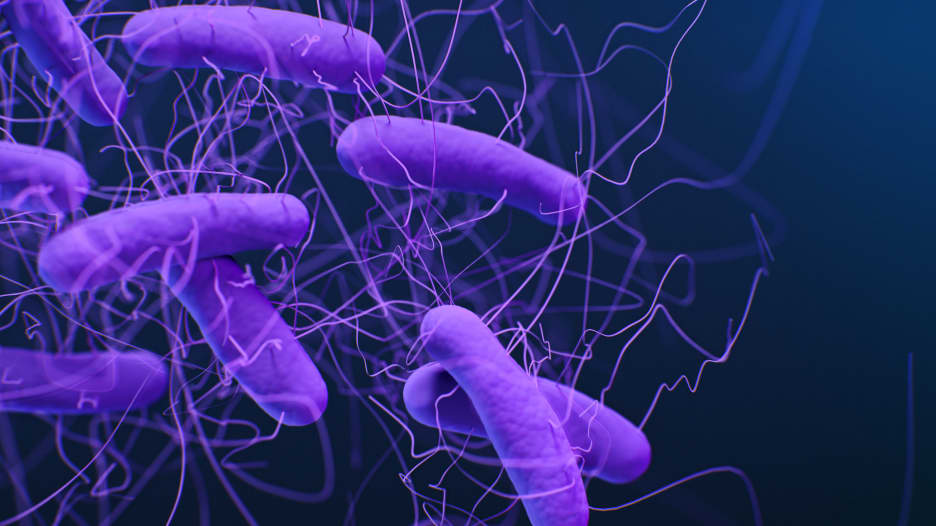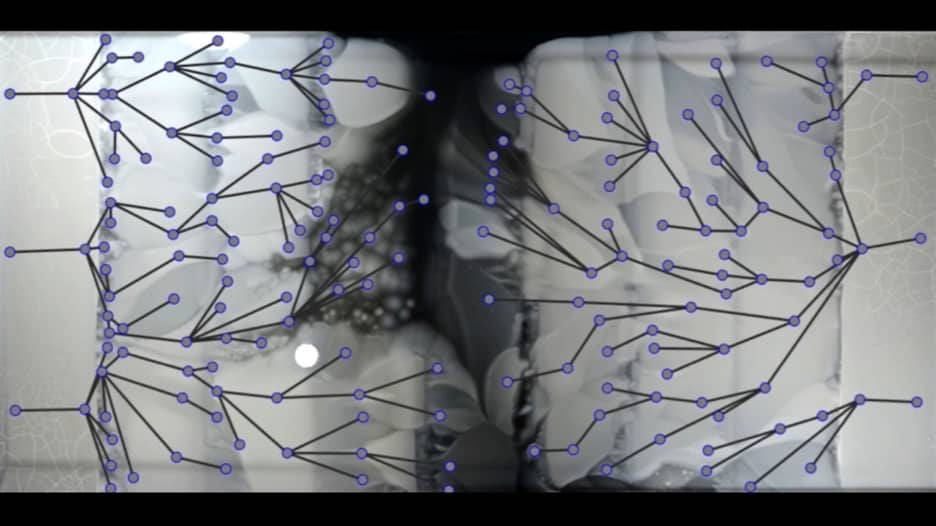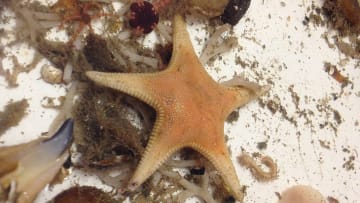دبي، الإمارات العربية المتحدة (CNN)-- أدى اكتشاف البنسلين بالصدفة من قبل ألكسندر فلمنج في عام 1928، عندما لوث العفن إحدى أطباق "بتري" الخاصة به، إلى تغيير مسار الطب الحديث، إذ ساهمت المضادات الحيوية بتراجع العديد من الأمراض على مدار القرن العشرين.
والآن، أيقظ العلماء عفن البنسليوم الأصلي الخاص بفلمنج، وقاموا بتسجيل تسلسل جينومه لأول مرة.
وقال العلماء إن المعلومات التي حصلوا عليها قد تساهم في مكافحة مقاومة المضادات الحيوية.
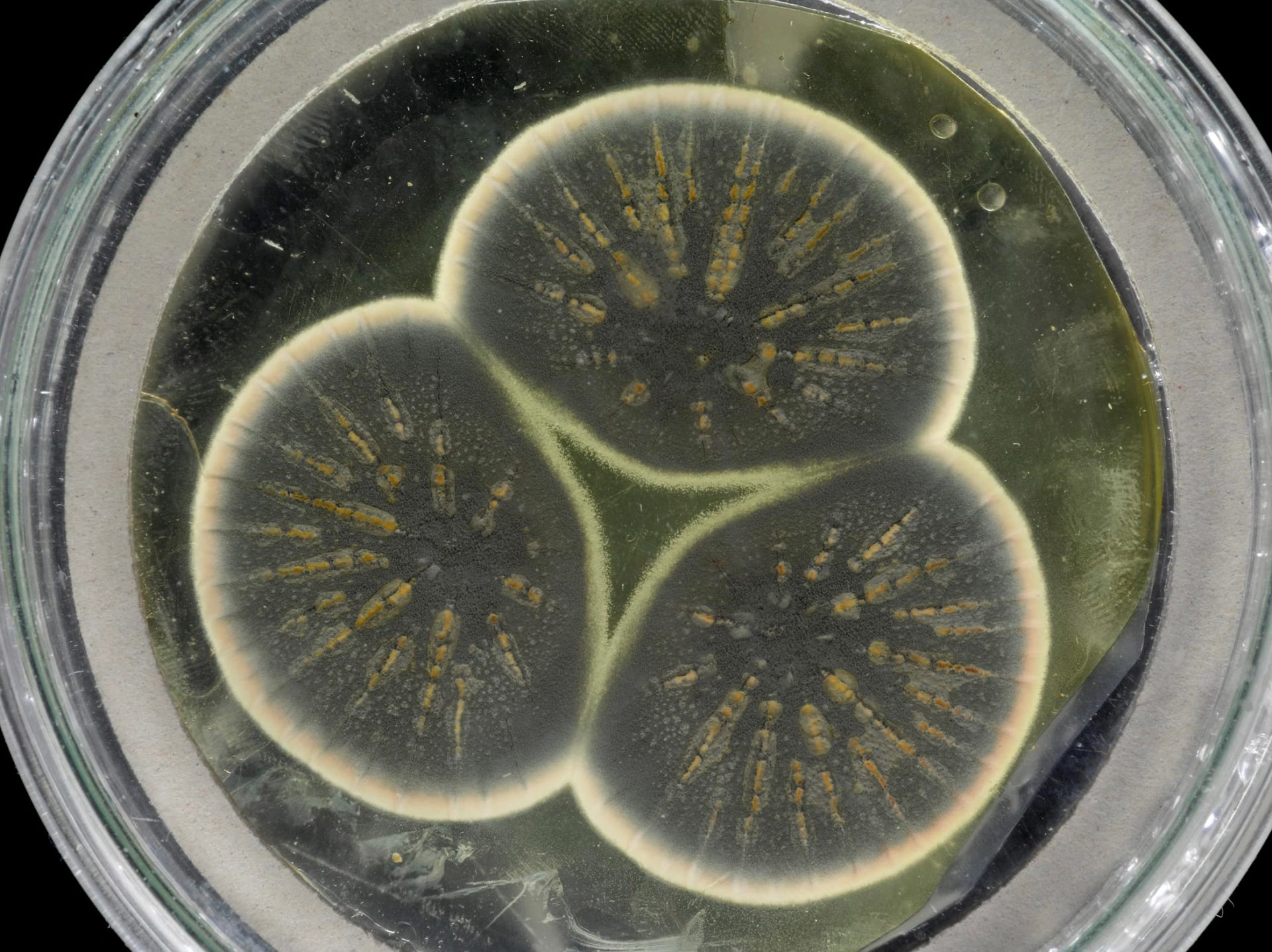
وقال أستاذ في قسم علوم الحياة في كلية "إمبريال كوليدج" في لندن، وقسم علم الحيوان في جامعة أكسفورد، تيم باراكلو، إنه رغم كل الوقت الذي قضاه العفن وهو مجمد، إلا أنه "ينمو بسهولة إلى حد ما".
وأضاف باراكلو: "لدهشتنا، أدركنا أنه لم يقم أحد بتسجيل جينوم هذا البنسليوم الأصلي رغم أهميته التاريخية في هذا الحقل".
واكتشف فلمنج البنسلين في عام 1928 أثناء عمله في كلية الطب في مستشفى "سانت ماري"، والتي تُعد الآن جزءاً من كلية "إمبريال كوليدج" في لندن.

وأعاد الفريق نمو البنسليوم الأصلي من عينة مجمدة احتُفظت في منظمة "CABI"، وقاموا باستخراج الحمض النووي من أجل تسجيل تسلسله.
وتم تخزين العفن وتجميده هناك منذ عام 1945.
معركة ضد البكتيريا المقاومة
واستخدم الفريق المعلومات الجينية لمقارنة عفن فلمنج بسلالتي بنسليوم من الولايات المتحدة تُستخدمان لإنتاج المضاد الحيوي على مستوى صناعي.
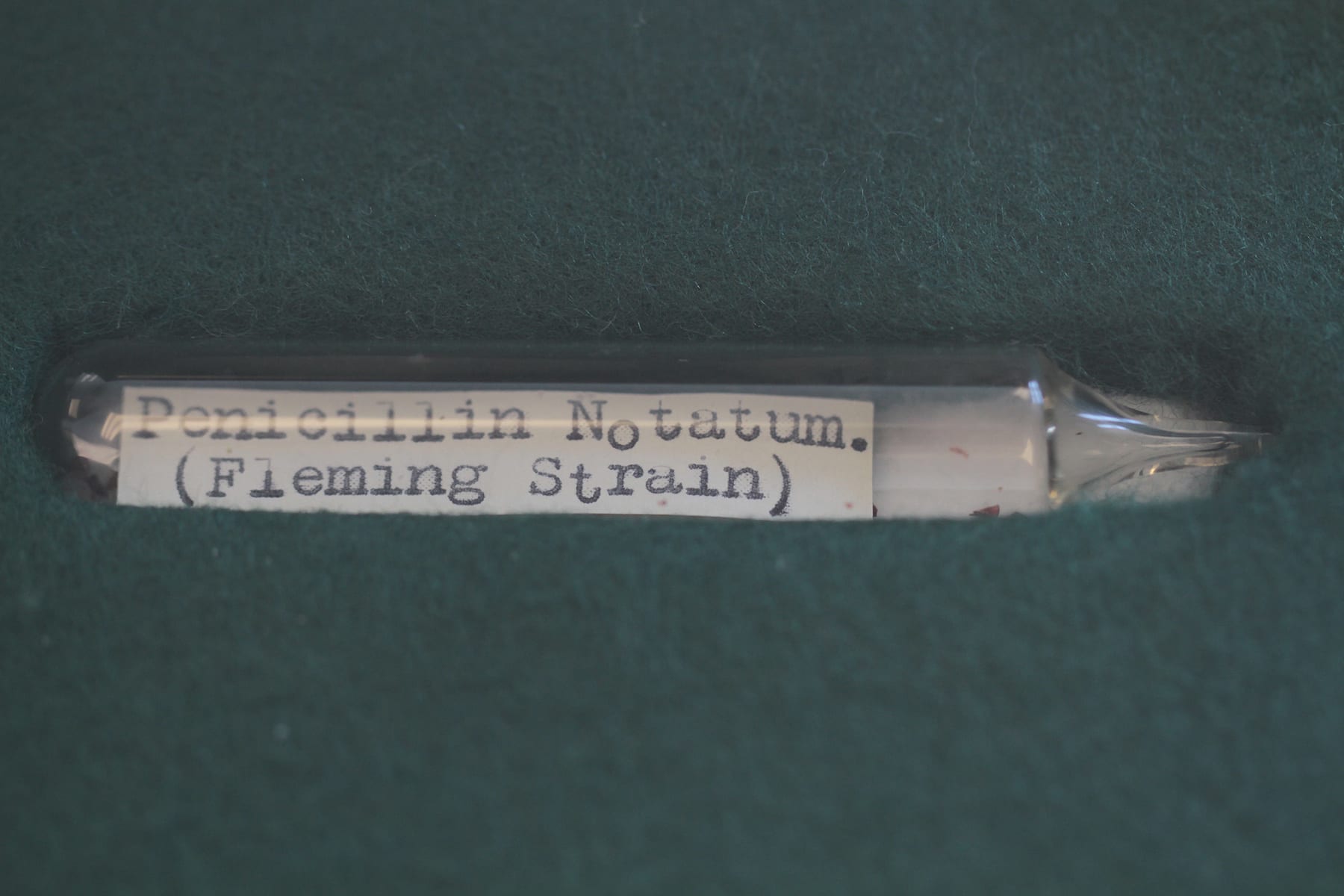
ونظر الفريق إلى نوعين من الجينات، وهما الجينات التي تُقشر الإنزيمات التي يستخدمها العفن لإنتاج البنسلين، والجينات التي تُنظم الإنزيمات من خلال التحكم بعدد الإنزيمات التي يتم إنتاجها على سبيل المثال.
ونُشرت الدراسة الخميس في مجلة "Scientific Reports".
وذكر باراكلو أنهم كانوا يبحثون عن الاختلافات التي تطورت بشكل طبيعي على مر الوقت، والتي من شأنها تسليط الضوء على كيفية تعديل إنتاج المضادات الحيوية للمساعدة في المعركة ضد البكتيريا المقاومة.
وقال باراكلو: "قد يقدم لنا بعض الاقتراحات حول كيفية محاولة تحسين استخدامنا أو تصميمنا للمضادات الحيوية لمكافحة البكتيريا".
وأضاف باراكلو: "لقد تم بذل جهود كبيرة للبحث عن فئات جديدة من المضادات الحيوية. ولكن بعد استخدام كل منها، يحدث الأمر ذاته بعد فترة من الزمن، وبعد 5 إلى 10 أعوام سيكون لديك مقاومة ضدها".
وخلال الثلاثينيات والأربعينيات من القرن الماضي، قيّم علماء من المملكة المتحدة والولايات المتحدة العديد من السلالات المختلفة لمعرفة ما إذا كان يمكن استخدام أي منها لإنتاج كميات كبيرة من البنسلين، وأنقذ العقار الملايين من الجنود والمدنيين الجرحى خلال الحرب العالمية الثانية.
وخلال حياته، أدرك فلمنج أن اكتشافه قد يتعرض للخطر بسبب مقاومة المضادات الحيوية، كما أنه حذر من ذلك خلال محاضرة "نوبل" ألقاها في عام 1945.
ومن المتوقع أن تؤدي مقاومة الأدوية إلى وفاة 10 ملايين شخص كل عام بحلول 2050.
